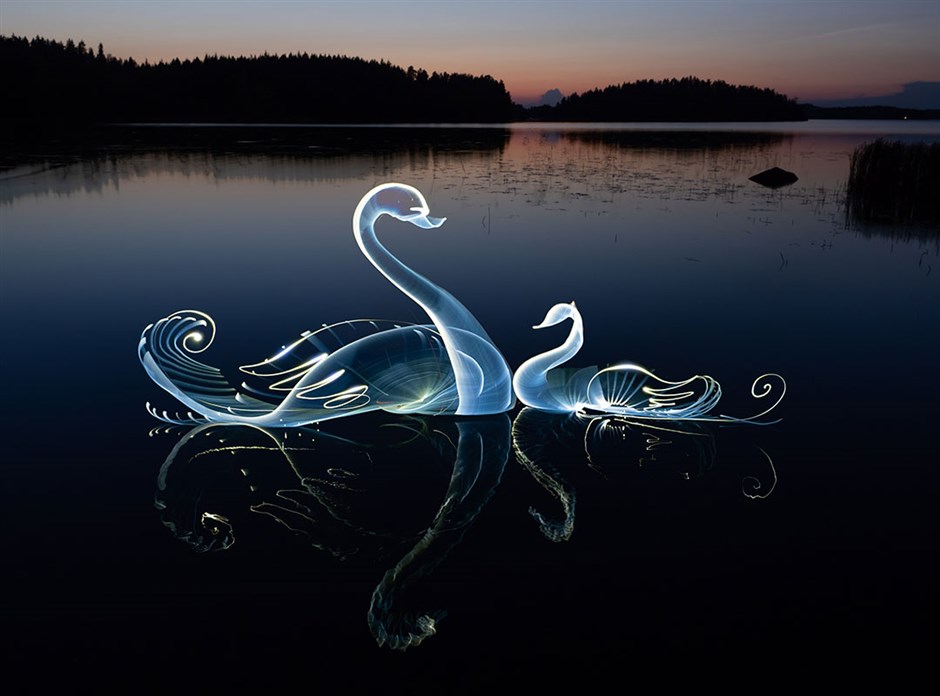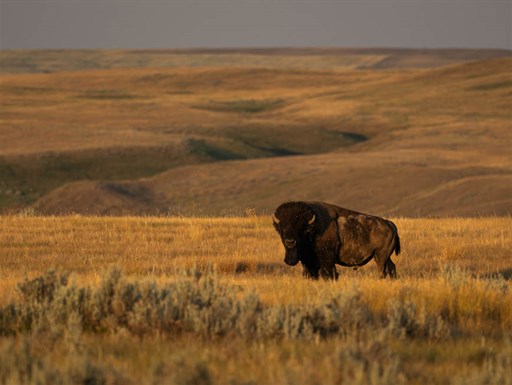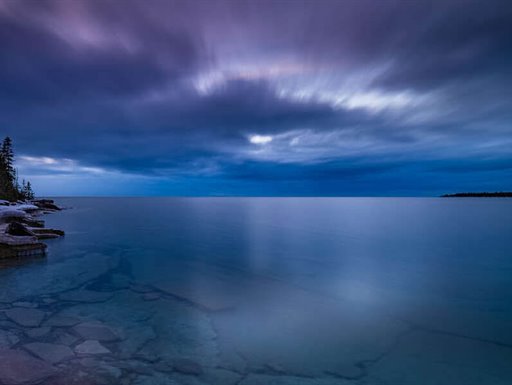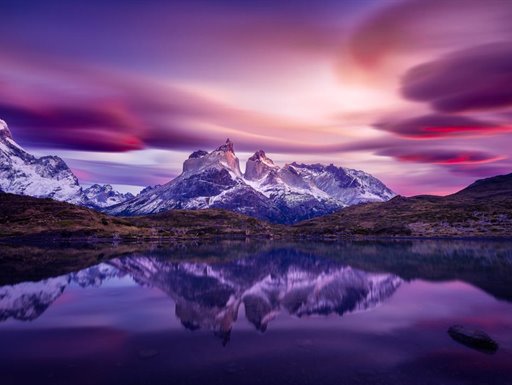Hannu Huhtamo is a photographer and a visual artist from Helsinki, Finland. In addition to international exhibitions, his work has been featured in various magazines, blogs and news channels like CNN, Deutsche Welle and Discovery Channel. Hannu uses light painting technique to draw luminous sculptures and floral shapes into northern landscapes or forgotten city outskirts.
Before I reveal how I got this shot I need to shed some light on things that led me here. I live in a country where darkness can be classified as a natural resource. During the winter the northernmost part of Finland has a total lack of sunlight for weeks. If you’re into night photography, this really does offer opportunities for longer exposure times.
Things change dramatically as spring turns to summer. Days are getting longer and brighter and finally at the summer solstice the sun does not set at all. As much as I enjoy shooting nature’s wonders in the daytime, the light painter inside me gets frustrated with all the brightness that prevents me from doing my thing.

For a long time I’ve wanted to find a natural connection with beautiful summer landscapes and light painted forms. One of the biggest challenges is to match my light painting tools with bright ambient light. Basic subjects like sunsets and vibrant skies ended up totally overblown, no matter how fast I tried to do the light painting. Of course, I could have used the smallest possible aperture and ND filters to get longer exposure times, but then also the light tools should have been way brighter. In my case, it’s not really an option since I use quite dim light sources like electro luminescent wire and LED powered optical fibre to get a smooth, translucent structure of light. Such equipment usually requires almost complete darkness and higher ISO settings.
After I switched to Olympus and started using their Live Composite feature, all these technical barriers got so much easier to handle. Now I'm able to set the base exposure time of the image and just draw with my lights as long as I need to. Some of my designs have lots of details and the exposure time can vary from a couple of minutes to an hour. I don’t have to worry about overblown images, just focus fully on my own movements in front of the camera.
About a year ago I practiced how to do my own version of swans, but the implementation in a proper location didn’t happen right away. I decided that next summer I’ll rent a cabin near a lake and capture the image as I imagined. The basic idea of the photo was to create a dreamy scene where two swanlike creatures are floating calmly in the water. I wanted the background to be minimalistic, but still have enough beautiful details to make it look interesting.
My technical setup was pretty much the same always: OM-D E-M1 Mark III with M.Zuiko 12–40mm F2.8 PRO lens on it. I asked my wife if she could assist me by pressing the shutter button. I already had my hands full of light painting tools so I wasn’t able to use the OI. Share phone app as a remote controller at the same time. We waited until it got dark enough to start shooting. The sun was almost set behind the treeline on the island opposite to us. There was only an orange and yellow glow in the sky, but it reflected nicely from the lake surface. I had to figure out how to place my swan characters into the composition and prevent light drawing from getting mixed too much with the bright background.
I raised the camera higher than usual and tilted it diagonally downward so that it could capture the reflections of the swans from the water. The camera was in Live Composite mode and set to take 0.5 second exposures. My ISO was set to 200 and aperture to F5.0. We took a couple of test shots to make sure that the drawing is not too dim and the background gets enough exposure. Swan shapes were drawn with one meter long LED powered optical fibre. I also used a small keychain LED light to outline the wings and tails. There was no wind at all so the lake stayed very calm for the whole evening. It gave me wonderful reflections as a bonus. Luckily the beach was really shallow and I was able to move easily in the water. At some point I noticed that small baby fish were nibbling my toes while I was doing the painting.
After three attempts I got the version I liked the most. I was really happy with the result and also surprised when my wife said that she captured the whole thing on video. I rarely have the chance to do any documentation by myself. It’s the best way to show the making-of process for someone who doesn’t know that much about light painting. Thanks to Live Composite, you can see how the light trails appear on the screen in real time.
Hannu Huhtamo
Featured products:
M.Zuiko Digital ED 12-40mm F2.8 PRO



Comments